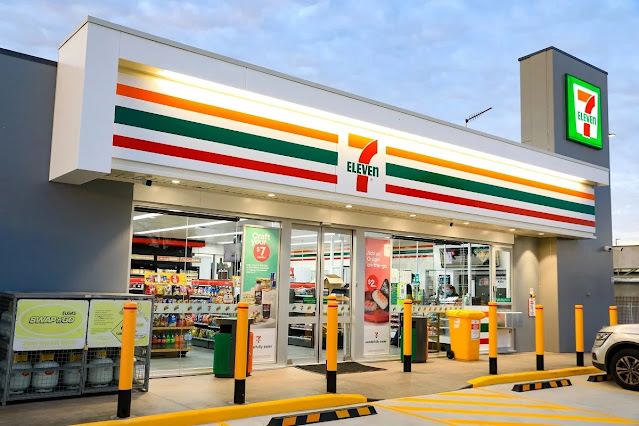In the world of convenience retail, few names stand as prominently as 7-Eleven. With its ubiquitous presence and innovative approach, 7-Eleven has carved a niche for itself in the hearts of consumers globally. Behind this success lies a meticulously crafted marketing strategy that has propelled the brand to unprecedented heights. In this article, we delve into the key elements of 7-Eleven's marketing strategy, unraveling the secrets behind its enduring appeal and dominance in the market.
Understanding the Consumer:
7-Eleven's marketing strategy begins with a deep understanding of consumer behavior. By leveraging data analytics and market research, the company identifies trends, preferences, and emerging demands. This insight allows 7-Eleven to tailor its product offerings and services to meet the ever-evolving needs of its diverse customer base.
Embracing Convenience:Locational Advantage:
Product Innovation:
Promotional Strategies:
Digital Transformation:
Community Engagement: Beyond just being a convenience store, 7-Eleven actively engages with local communities through various initiatives and partnerships. Whether it's supporting charitable causes, sponsoring events, or participating in neighborhood clean-ups, the brand fosters a sense of community and goodwill. This grassroots approach not only strengthens 7-Eleven's brand image but also deepens its connection with customers on a personal level.
7-Eleven's marketing strategy is a testament to the power of understanding consumer needs, embracing innovation, and prioritizing convenience above all else. By staying true to its core values while continually evolving with the times, 7-Eleven has cemented its position as a leader in the convenience retail industry. As consumer preferences continue to evolve, one thing remains certain: 7-Eleven will be there, ready to meet their needs with unparalleled convenience and innovation.

